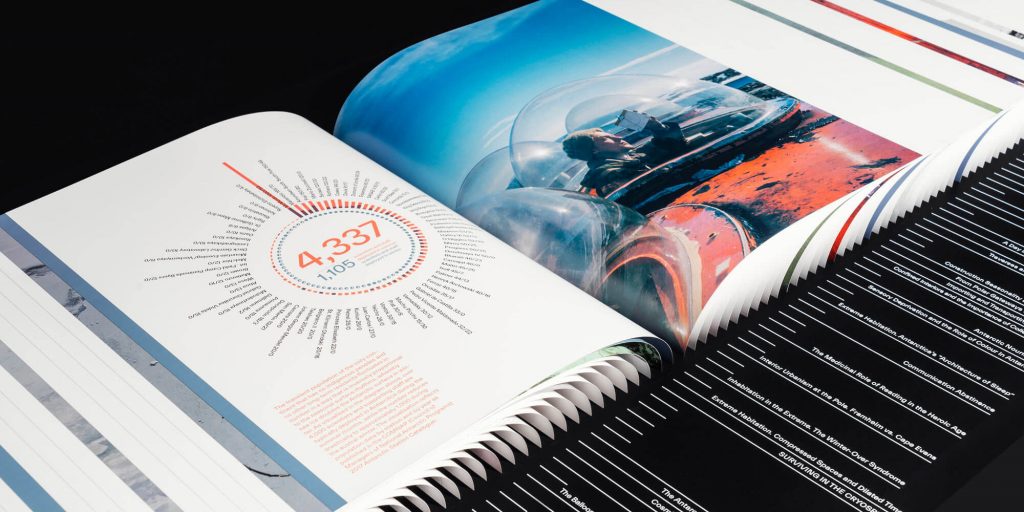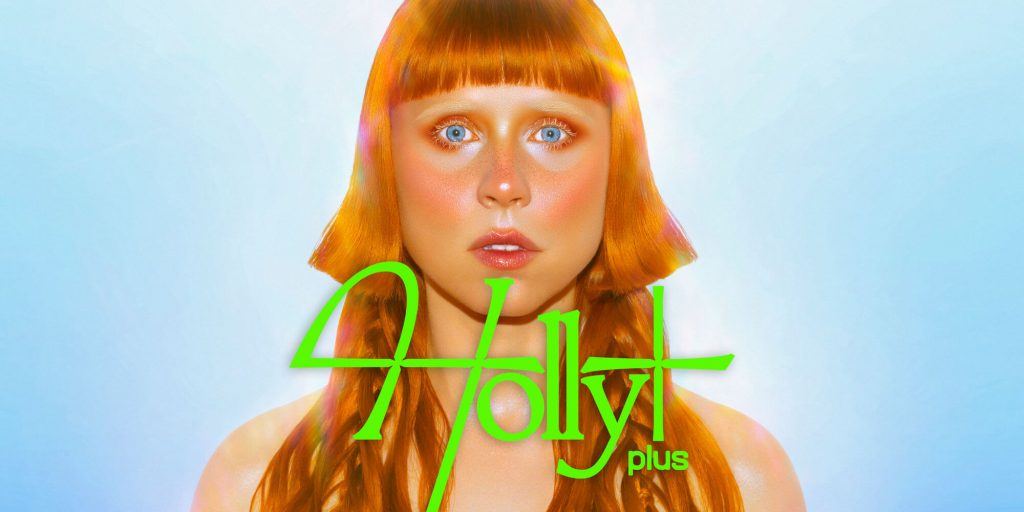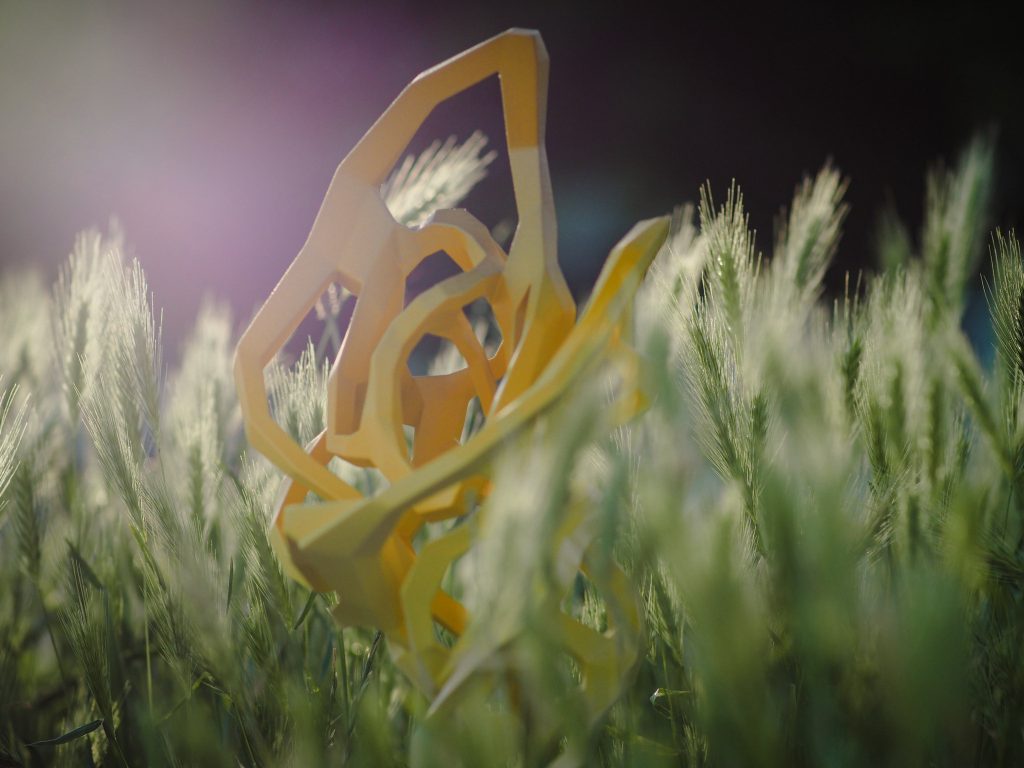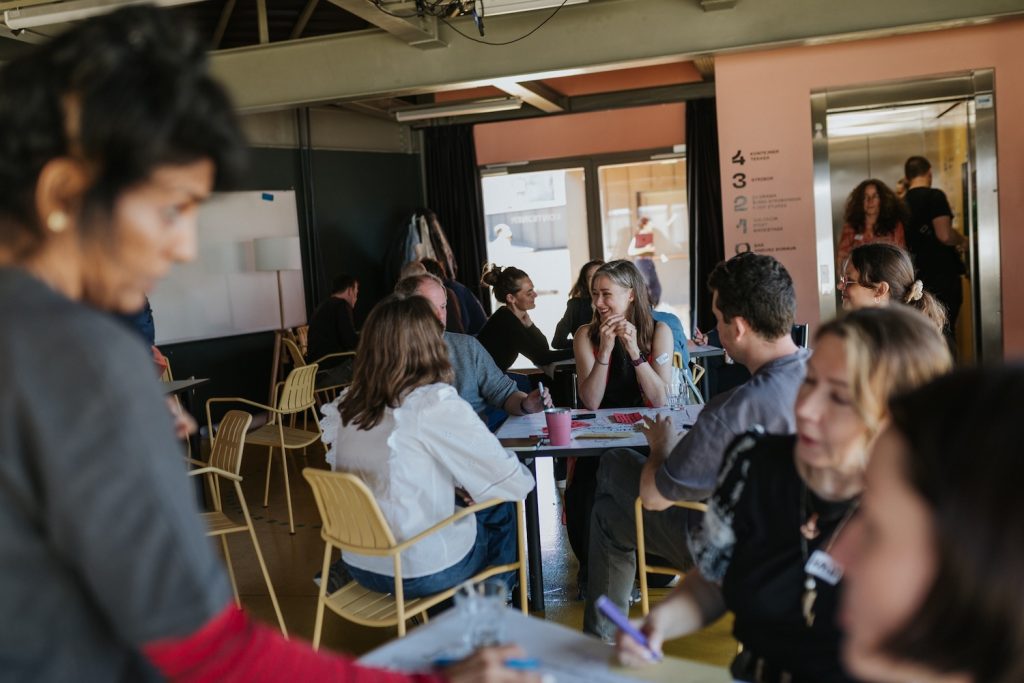STARTS Prize was lucky to receive an overwhelming amount of 1499 works from 96 different countries! Which social, ecological and economic challenges do the leading artistic researchers see for today’s Europe? And which alternatives do they propose? Let’s take a look at this year’s overarching topics and narratives that rise from their works.
Environmental commons beyond the dominant visible spectrum
One thing that stands out this year is a strong focus from artists and interdisciplinary groups on the environmental and digital commons. Although novel technological, ecological and business solutions are entering the markets, artists are the ones that are making them inclusive and sustainable for the society. The commons is the cultural and natural resources accessible to all members of society, including a habitable earth. Watch the video below and take a look at STARTS Prize nominees and honorary mentions that work on environmental and digital commons.
By creating an environmental commons, art and collaborative innovation contribute to a more inclusive understanding of concerns like climate change, quality of climate infrastructure, sustaining life and biocentrism.
A great example is Giulia Foscari / UNLESS, this year’s STARTS Prize winner in the category Innovative Collaboration. With the transnational and multidisciplinary collaborative project Antarctic Resolution, a team of 150 leading Antarctic researchers set out to raise awareness on the cultural, environmental and scientific value of the continent.

The project resulted in a 1000-page publication (published by Lars Müller Verlag) to mark the bicentennial of the first recorded human arriving on the continent. Antarctic Resolution showcases that the best way to achieve the environmental and digital commons is through an innovation process that is more open to everyone, improves literacy, and has an activist scope.
Becoming more-than-human
Another way of creating more understanding for animals, organisms or nonhuman entities, is to start an embodied symbiotic relationship with them. Take for example the 2022 nominated work Symbiosis by Polymorf (in collaboration with Studio Biarritz) created a specially designed suit that allows you to temporarily escape your human body to embody a post-human or even nonhuman reality, like a human-animal.
Restoring ecological relationships between species
The commons might also need rights to defend and fight for. But what about the rights of plants? Plant Intelligence Plan (honorary mention 2022) by Zhang Tianyi recognizes the initiative and rights of plans. It aims to repair the damaged ecological relationship between animals and plants due to commercially bred crops and animals, by using biotechnology tools.
Data literacy, commons and activism
With digital technologies dominating people’s everyday lives, artists and creatives are pointing their efforts toward improving digital literacy, developing ways to share the benefits of digital solutions, and, if necessary, activism. Take a look at the video bellow and read more on three highlighted STARTS Prize projects.
Digital twin and digital commons
Artist Holly Herndon created her digital twin Holly+ that anyone can use to make music. By experimenting with her own intellectual property, Holly Herndon wants to set a precedent that will help others navigate the dawning era of AI art. Use of AI in the music industry offers new models of intellectual property and ownership while enablingfurther experimentation in communal voice ownership.

This collaborative project was awarded the STARTS Grand Prize 2022 in the category Artistic Exploration. The work combines machine learning, freely available online instruments and tools in a way that makes it possible for people to easily and quickly become creative themselves. Holly+ was developed by Herndon Dryhurst Studio, Never Before Heard Sounds (NYC) and Voctro Labs (Barcelona).
One can interact with the “Holly+” instrument by uploading polyphonic audio to a website and receive a version of it sung in Holly’s voice – the latest version of “Holly+” even works in real time and can thus be used for performances. Interestingly enough, this project explores economic aspects of creative commons and ownership of intellectual property. All profits from the sale of approved works are split between the creator (50%), a group of hundreds of people that get to vote how to use Holly’s digital twin properly (40%) and Holly herself (10%). The money from the group is used to further develop Holly+ and create new tools for people to experiment with.
Precarious labour in economics
Elisa Giardina Papa’s work Cleaning emotional data (honorary mention)has a strong activist scope, since it addresses new forms of precarious labor emerging within artificial intelligence economies with a three-channel video installation. Papa worked at “human-in-the-loop” companies who provide “clean” datasets by training AI algorithms to taxonomize emotions.
This relevant work lays bare how a number of AI systems base their algorithms on flawed understandings of emotions as universal, authentic and transparent. It also sheds a light on tech companies and government agencies who increasingly develop emotion reading software that identifies consumers’ moods and potentially dangerous citizens who pose a threat to the state.
Investigating cyber-weapons
Pegasus spyware was developed by the Israeli cyber-weapons company NSO group that targets activists, journalists and human rights defenders worldwide. In order to understand the proportions of the controversial Pegasus spyware that infected numerous civil society networks and human rights dissenters in exile, data literate creatives and researchers are constructing data-driven visual stories on a navigable digital platform Digital Violence: How the NSO Group Enables State Terror. This honorary mention was created byForensic Architecture in collaboration with Laura Poitras/Praxis Films.
What matters?
The two narratives of environmental and digital commons and data literacy, commons and activism show that artists and groups are critically engaging with the world by pushing the boundaries of collaborative and creative innovation. Although novel technological, ecological and business solutions are entering the markets, artists are the ones that are making them inclusive and sustainable for the society. They showcase innovation processes that are more open to everyone, improve literacy and use activism if needed.
By Tonya Sudiono


